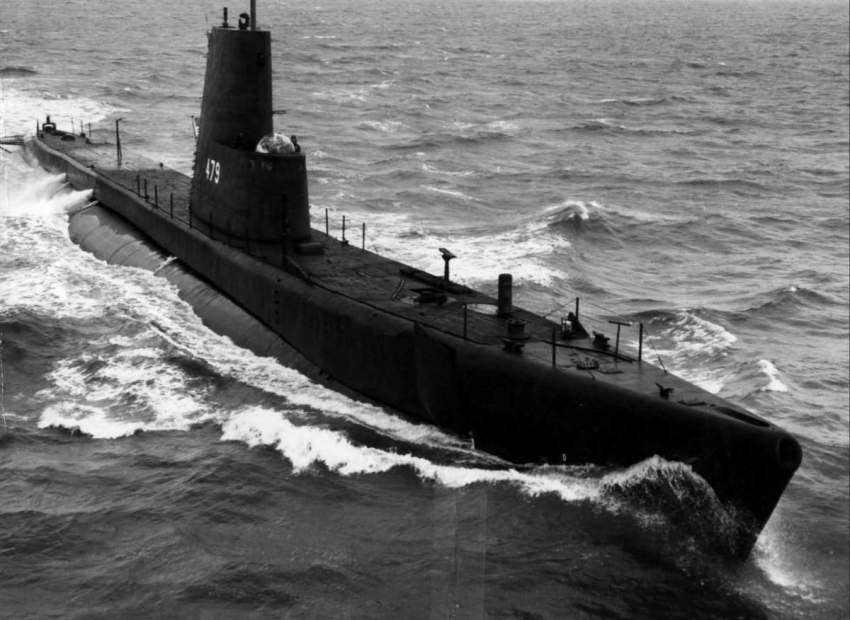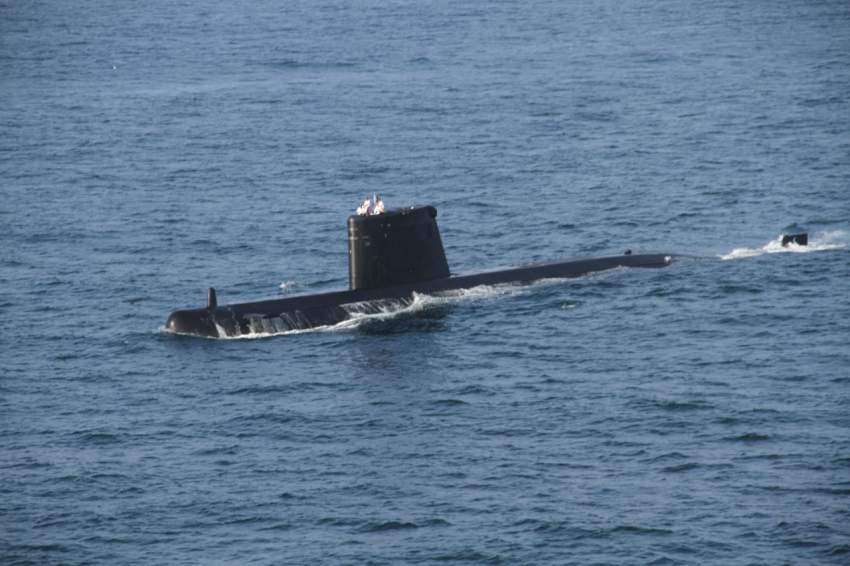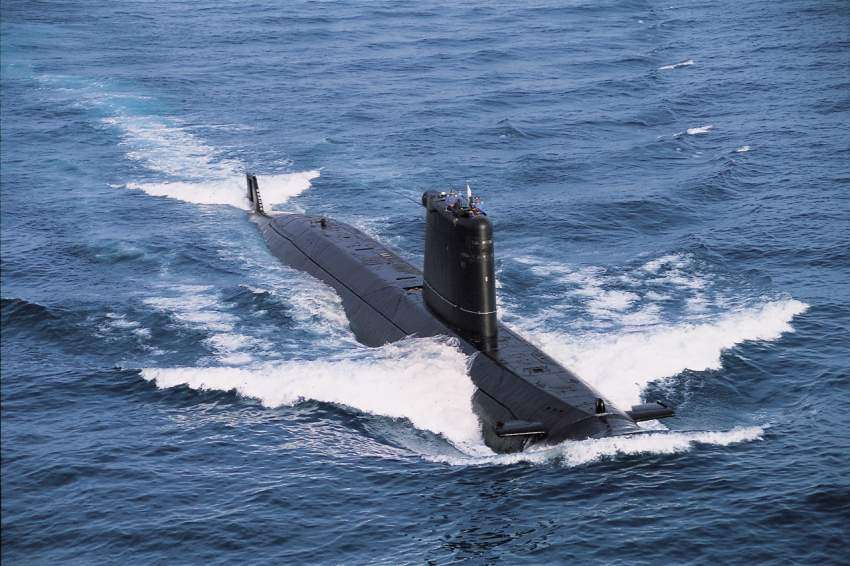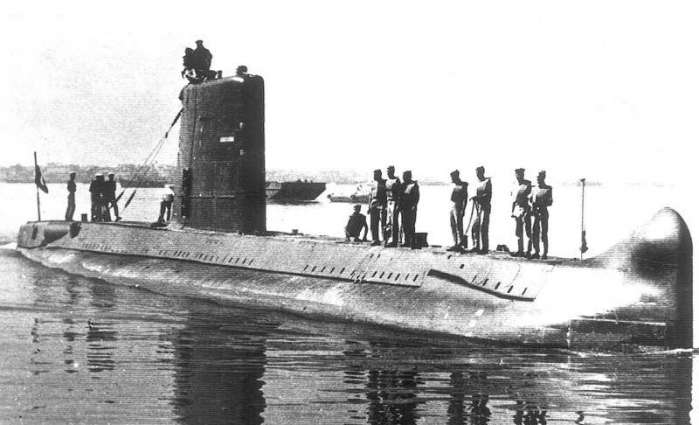Sohail A. Azmie: Calling December 4, 1971, as a “decisive naval action by the Indian naval ships on Karachi Port”, which the Indian navy believes “heralded the victory of India over Pakistan” could merely be a sardonic claim
Sohail A. Azmie: Calling December 4, 1971, as a “decisive naval action by the Indian naval ships on Karachi Port”, which the Indian navy believes “heralded the victory of India over Pakistan” could merely be a sardonic claim. Indian navy’s Vidyut Class missile boats, Nipat, Nirghat and Veer armed with the ex-Soviet SSN-2B anti-ship missiles launched attack on Karachi port where a few oil storage tanks were set ablaze. Terming the operation as a “decisive naval action” questions the consistency of Indian navy’s military analysis methodology as five days later, on December 9, 1971, Pakistani submarine Hangor sank Indian naval ship Khukri and nearly destroyed another ship Kirpan. Had Operation Trident been decisive then why would it not have ended the hostilities or severely degraded Pakistani naval capability to remain poised and responsive at sea?

Indian navy celebrates 4 December as “Navy day” when it purportedly overwhelmed Pakistani navy, not truly realizing that it is passing through, what I call the ‘operational delirium’, i.e., reliving moments of momentary success and painting it as a decisive action while shying away from the consequences that it had faced in the aftermath of Hangor attack. It is, at times, fine to recall the day of a military action with honour and pride but masking it with a theme it hardly deserves is creating a legacy wrapped in condescension. The condescending legacy misleads the theorists and practitioners inhibiting critical analysis that could help them draw the correct conclusions.

PNS Ghazi, the only submarine in Indo-Pak war of 1965, kept the majority of Indian fleet bottled up in harbour. Indian navy predicted the presence of Pakistani submarine along the Indian east coast and that meant the carrier operational space was shrunk. Indian aircraft carrier, Vikrant, did not actively participate in the war thereby bringing the Indian navy’s warfighting ability to a suspicion. Reportedly, Ghazi made contacts with two Indian ships, Beas and Brahmaputra, between 9-17 September 1965,but neither the ships nor the submarine launched any successful attacks. This could also be remembered besides the ‘Navy day’ croaks as an event requiring Indian navy’s anti-submarine warfare credentials’ introspection.

Pakistan navy, despite being smaller in size, exhibited the application of ‘from the sea’ operational concept when it attacked Dwarka on 7 September 1965. Codenamed ‘Operation Somnath’, the Pakistan naval action achieved an operational surprise, when a task group of 7 ships bombarded Dwarka and uprooted a radar station and a high frequency direction finding installation. This operation, apparently, created an imbalance in the Indian naval and air forces’ plans, which prohibited further Indian air attacks on Karachi. Given the situation and relative strength at that time, this by any measure was a superior use of operational art by the Pakistan navy’s fleet.
Post-Uri incident, on November 17, 2016, a 209 Class Indian submarine tried conducting naval operations close to Pakistani coast and was detected. Pakistan naval aviation’s anti-submarine warfare aircraft located, tracked and later forced the Indian submarine to surface. Condescending legacy had the Indian maritime thinkers surf the operational delirium as they failed to find weaknesses in the Indian submarine operations. Aging and rapidly losing operational sustainment, the Indian submarines could become easy prey at the hands of an anti-submarine warfare aircraft. This is a reality that does not seem to fit the loci of Indian tactical construct.
Post-Pulwama incident, on March 4, 2019, a Kalvari Class Indian submarine was picked by again by Pakistan naval air arm operating very close to Makran coast. The submarine was forced to surface and later cleared to leave the area and proceed back to India. These incidents solidify the notion of ‘incentivizing first attacks’, which means detection of Indian submarines in Pakistani waters is highly likely and that once found, Pakistan would attempt to neutralize those submarines first to take a better military advantage in times of crisis/ conflict.
Beguiled by operational delirium, Indian navy still believes in its imperious status as a maritime power with a day it thinks had done a decisive action. Operational failures and accidents should help Indian navy to pensively analyse the flaccid assumptions about what and how a decisive action can be. Faulty understanding of technical advantages coupled with misplaced strengths-weaknesses matrices lead to such egregious beliefs as calling Operation Trident to be a decisive naval action, which characteristically is Indian navy’s outlandish conclusion.




